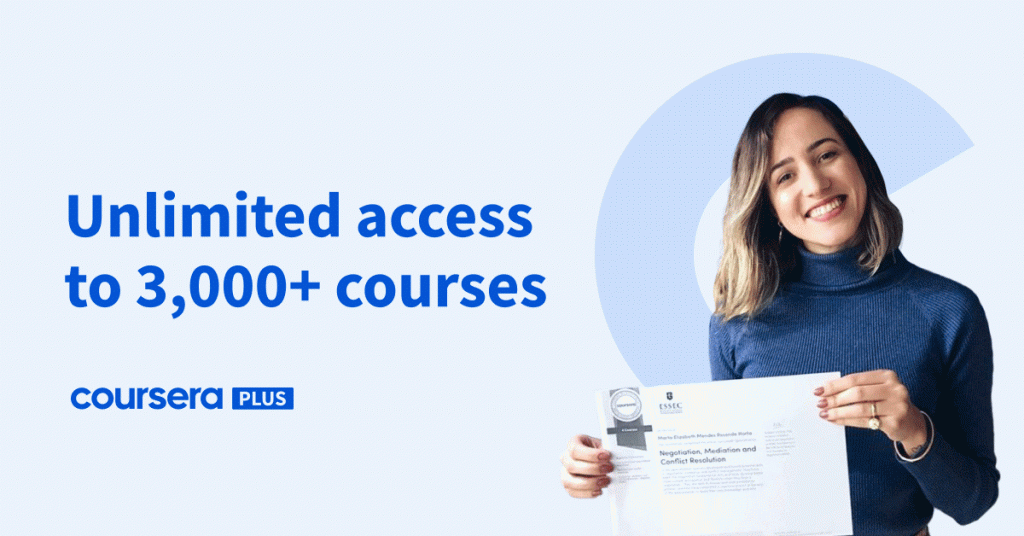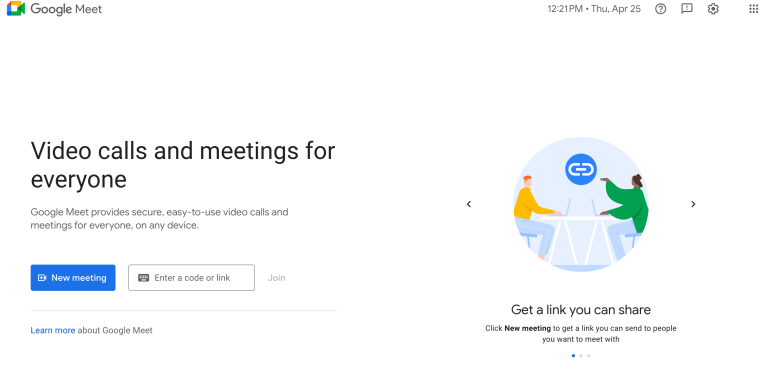Strategies to Boost Coursera Course Completion Rates
What affects Coursera course completion rates? Coursera is one of the most popular online learning platforms, offering courses from universities and companies worldwide. It has become a preferred choice for learners seeking knowledge in various fields.

Despite its reputation, Coursera’s course completion rate remains low, unlike other online platforms. This article examines the completion rate of Coursera courses, the factors that influence these rates, and strategies to improve them.
Studies suggest that Coursera courses have an average completion rate of 10% to 15%. This means most learners start courses but do not finish them.
For courses with professional certifications or specializations, the completion rate tends to be higher, often reaching 40%.
Free courses usually have lower completion rates compared to paid ones, as payment creates a sense of commitment.
Factors Affecting Coursera Completion Rates
Several factors influence whether learners complete a Coursera course. These factors include the course format, the learner’s personal goals, and how well the platform engages its users.
1. Course Length
Shorter courses often have better completion rates. Learners feel less overwhelmed when the course content can be completed within a few hours or days. Long courses may discourage learners who struggle to maintain focus over weeks or months.
2. Engagement Features
Courses that include quizzes, interactive videos, and discussion forums tend to keep learners more involved. Lack of engagement often leads to learners losing interest, which lowers the completion rate.

3. Personal Motivation
Learners who enroll in Coursera courses with specific goals, such as career advancement or academic improvement, are more likely to complete them. Those who join for general interest without clear objectives often lose focus.
4. Course Difficulty
Courses with complex content or unclear instructions see lower completion rates. Learners may struggle to grasp difficult topics and decide to quit.
5. Payment Models
Free courses often have lower completion rates compared to paid ones. Paying for a course creates a financial commitment, motivating learners to finish the material.
6. Time Management
Busy schedules make it hard for many learners to complete their courses. Coursera’s self-paced structure helps to some extent, but it does not fully address the challenge of balancing learning with other responsibilities.
Strategies to Improve Completion Rates
Both Coursera and course creators can take steps to improve completion rates by making courses more engaging and accessible.
#1 Designing Shorter Modules
Breaking courses into smaller modules allows learners to complete sections without feeling overwhelmed. Short, focused lessons encourage progress and provide a sense of accomplishment.

#2 Offering Certification Incentives
Certificates at the end of a course motivate learners to complete it. Coursera’s verified certificates, especially for professional courses, push learners to stay committed.
#3 Providing Active Support
Courses with active support from instructors or peers tend to see higher completion rates. Learners who receive timely responses to their questions are more likely to continue.
#4 Adding Gamification
Features like badges, progress tracking, and rewards encourage learners to engage more. Coursera courses with gamified elements often report better completion rates.
#5 Flexible Schedules
Allowing learners to set their timelines helps those with busy schedules. Coursera’s self-paced courses already address this, but more guidance on managing time could further improve outcomes.
#6 Better Interaction
Discussion forums, live Q&A sessions, or collaborative assignments create a sense of connection. Learners who feel part of a community are less likely to drop out.
Learner Challenges on Coursera
Many learners face obstacles that prevent them from completing courses. Some of the most common challenges include:
- Lack of Time: Learners with full-time jobs or family responsibilities often struggle to find time for coursework.
- Low Motivation: Without deadlines or direct interaction, some learners lose interest.
- Technical Barriers: Limited access to devices or reliable internet can disrupt progress.
- Difficulty Following Content: Courses with unclear instructions or advanced topics can discourage learners from continuing.

Coursera has introduced several features to address these challenges. Its mobile app allows learners to access courses on the go.
Downloadable content helps those with limited internet access. Flexible deadlines and self-paced courses cater to learners with busy schedules. Despite these efforts, the platform still faces the broader challenge of keeping learners engaged over time.
Improving Coursera for Higher Completion Rates
To improve completion rates, Coursera could consider the following steps:
- Enhanced Feedback: Providing personalized feedback helps learners understand their progress and motivates them to continue.
- Live Sessions: Adding more live sessions for certain courses creates better engagement.
- Customizable Learning Paths: Allowing learners to choose their own sequence of lessons based on their goals makes courses feel more relevant.
- Increased Support for Beginners: Courses designed specifically for those new to a subject can help reduce dropout rates.
Why Completion Rates Matter for Coursera?
Low completion rates can affect both learners and course creators. If someone doesn’t complete a course, they are less likely to enroll in another one.
Also (and this probably goes without saying), if they don’t complete the course, then they don’t actually learn what it is the course is trying to teach them! They miss out on the explicit benefits of finishing a course, such as improved skills or certifications.
These two things alone are why course completion rate matters. Higher completion rates for Coursera strengthens their reputation and attracts more users to their course catalogue.
Final Thoughts
The completion rate of Coursera courses reflects the challenges of online learning. While the platform provides valuable resources, many learners struggle to stay engaged.
By focusing on better course design, stronger learner support, and more interactive elements, Coursera can help more learners reach the finish line.
For those looking to join a course, having a clear goal and managing time effectively can make a big difference in completing a course successfully.






